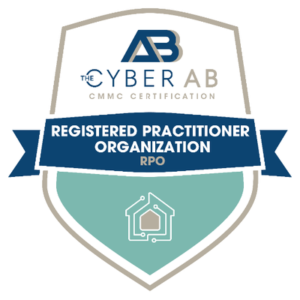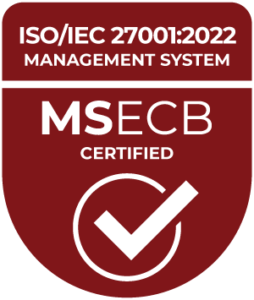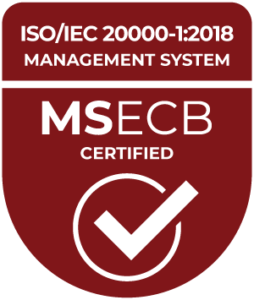New cybersecurity challenges are emerging as information technology (IT) and operational technology (OT) intersect, making it more challenging for organizations to safeguard their data, networks and physical infrastructure.
IT and OT cybersecurity intersect in several ways due to the increasing convergence of IT and OT systems. Traditionally, IT and OT systems operated separately. However, with the rise of digitalization, these systems are becoming more interconnected.
Unfortunately, many OT systems were not originally designed with security as a top priority. They often have outdated or insecure protocols, lack encryption and have weak authentication. These vulnerabilities make them attractive targets for cyberattacks. By compromising OT systems, attackers can disrupt critical infrastructure, manufacturing processes, energy grids, transportation systems and more.
IT and OT systems share common attack vectors, such as malware, phishing, social engineering and insider threats. However, attacks on OT systems often have different goals than attacks on traditional IT systems. OT cybersecurity focuses on ensuring operational process availability, reliability and safety rather than just protecting data confidentiality.
IT and OT Cybersecurity Intersection: Strategies for Organizations
The following are some strategies that can help organizations navigate the intersection of IT and OT cybersecurity:
- Adopt an integrated approach to cybersecurity that encompasses both IT and OT systems. Break down silos and establish cross-functional teams on cybersecurity initiatives.
- Conduct a risk assessment that incorporates both IT and OT systems. Identify vulnerabilities and threats, and prioritize risks based on their expected impact and chance of occurrence. Develop risk management strategies that address IT and OT environments and allocate resources for mitigation.
- Implement defense-in-depth strategies that include firewalls, intrusion detection systems, access controls and encryption. Consider adopting industry standards and frameworks specific to IT and OT security.
- Segment networks to minimize the impact of a security breach and restrict communication between IT and OT systems, allowing only authorized and necessary access. Use firewalls, virtual local area networks and demilitarized zones to isolate critical OT assets from the broader IT network.
- Establish continuous monitoring and incident response for IT and OT systems. Monitor network traffic, system logs and user activity for signs of compromise. Develop an incident response plan covering IT and OT environments, including communication protocols, containment strategies and recovery processes.
- Provide IT and OT cybersecurity training to employees across all levels of the organization. Regularly communicate updates and best practices to raise awareness and foster a security-conscious culture.
- Collaborate with vendors and partners involved in the supply chain of both IT and OT systems. Establish precise security requirements and expectations in contracts and agreements. Regularly communicate with vendors to address vulnerabilities, apply security patches and share threat intelligence.
Cybersecurity is a dynamic field, and organizations should regularly review and update their IT and OT security strategies to address emerging threats and technologies.
MBL Technologies helps organizations navigate the intersection of IT and OT cybersecurity. We offer a wide array of cybersecurity services that help you identify weaknesses in your IT and OT security postures and implement cost-effective, targeted solutions. Contact us today to learn more.




